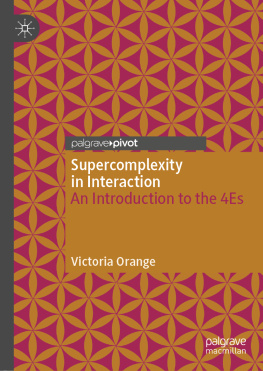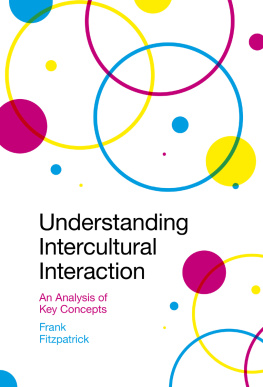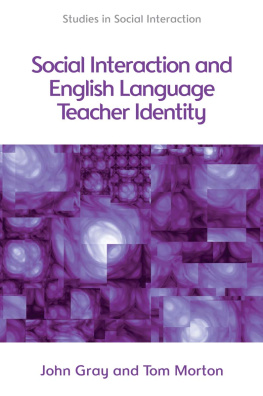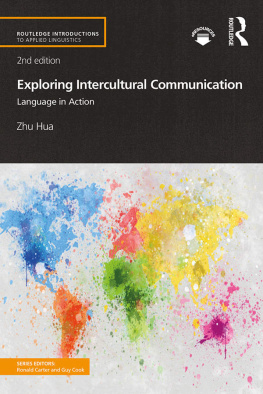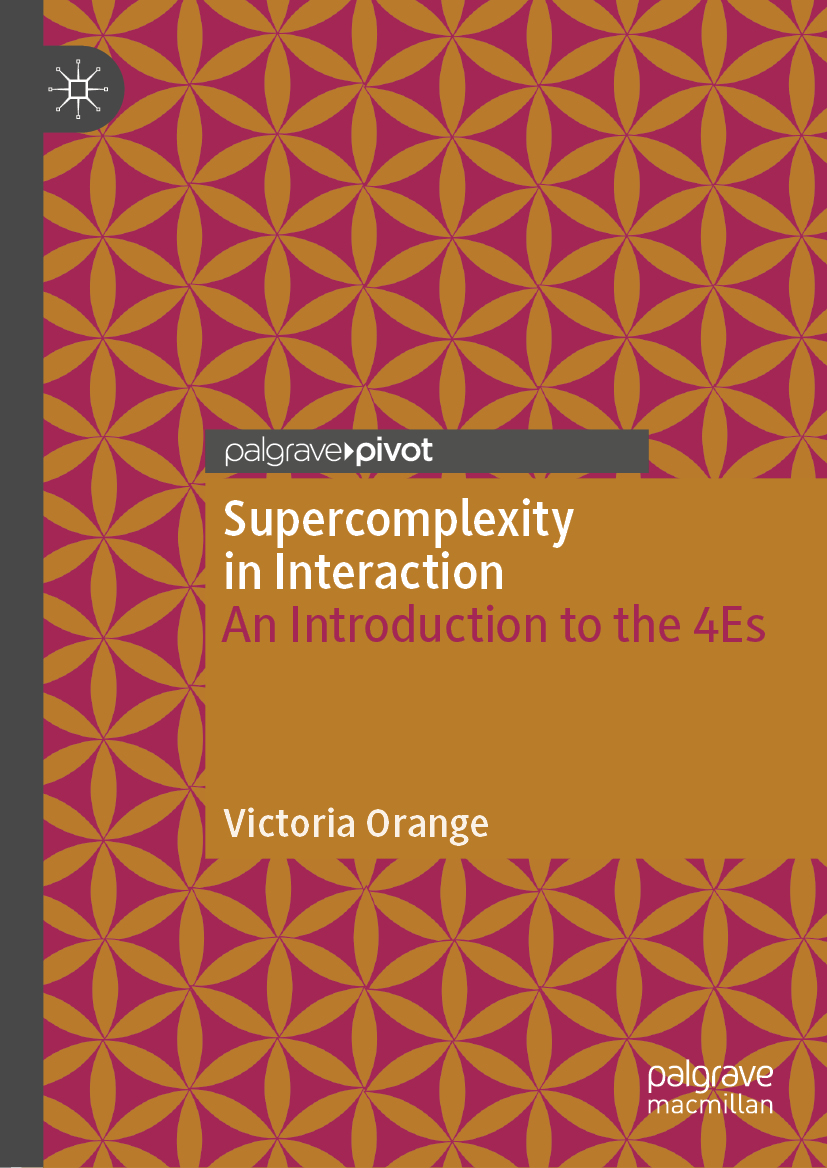Victoria Orange
School of Language and Global Studies, University of Central Lancashire, Preston, Lancashire, UK
ISBN 978-3-030-28017-8 e-ISBN 978-3-030-28018-5
https://doi.org/10.1007/978-3-030-28018-5
The Editor(s) (if applicable) and The Author(s) 2019
This work is subject to copyright. All rights are solely and exclusively licensed by the Publisher, whether the whole or part of the material is concerned, specifically the rights of translation, reprinting, reuse of illustrations, recitation, broadcasting, reproduction on microfilms or in any other physical way, and transmission or information storage and retrieval, electronic adaptation, computer software, or by similar or dissimilar methodology now known or hereafter developed.
The use of general descriptive names, registered names, trademarks, service marks, etc. in this publication does not imply, even in the absence of a specific statement, that such names are exempt from the relevant protective laws and regulations and therefore free for general use.
The publisher, the authors and the editors are safe to assume that the advice and information in this book are believed to be true and accurate at the date of publication. Neither the publisher nor the authors or the editors give a warranty, expressed or implied, with respect to the material contained herein or for any errors or omissions that may have been made. The publisher remains neutral with regard to jurisdictional claims in published maps and institutional affiliations.
Cover credit: Melisa Hasan
This Palgrave Pivot imprint is published by the registered company Springer Nature Switzerland AG
The registered company address is: Gewerbestrasse 11, 6330 Cham, Switzerland
Preface
The seeds for this book were sown several years ago when I attended an interesting talk by Dianne Tyers on complex systems and the application of them for social sciences and in particular for culture, at an International Association of Languages and Intercultural Communication (IALIC) conference held at Peking University in Beijing. This talk helped me to start to bring some kind of sense to this vast, fascinating, shifting and timeless phenomenon of human interaction. From my experience, first and foremost as a linguist, then as a translator, an interpreter, a teacher and a traveller, I know that interaction is complicated and can be messy. Trying to contain or restrain it in order to better understand it or teach about it is a difficult task. When I heard about complex systems, despite my pronounced phobia or all things mathematical, I felt that this could be a way to understand the messiness of interaction and help others understand it too. It seems to me that by demonstrating the supercomplexity of interaction, we can appreciate the enormity of what we navigate each and every day and wonder at how we manage to do it at all.
What is more, despite there being a considerable body of work on intercultural communication that does not encourage essentialism, over time I had started to be concerned that some of the models I was covering in my teaching on intercultural communication could be causing more harm than good by reinforcing essentialist attitudes. Regardless of how much I encouraged students to take a critical approach to these models, and they seemed to be doing so in classroom discussions, when I marked their papers I often found them turning to essentialist terms when they were writing about interaction. This is what led me to decide to reconsider what and how I taught to see whether the outcome would be any different.
I chose to adopt a complexity-informed approach because it seems to me to be very important that students grasp the intricacy of what they are navigating when they interact and this is a clear way to show them that, albeit not without meeting certain requirements as discussed in the following chapters and in particular Chapter. The first attempt was encouraging but I consider it to be only a start and hope to go further in drawing on the supercomplexity of interaction in my teaching and in conducting future research on this subject.
This work is my own and I take full responsibility for it. I do not claim to have all the answers to the ideal way to approach interaction and I am quite sure that I have overlooked some points. Nevertheless, I would like to share my ideas and open them up to constructive discussion.
This monograph is intended for all those interested in interaction and involved in learning or teaching about it. I hope it will be useful and perhaps offer a new perspective for further reflection.
I am grateful to colleagues at the University of Central Lancashire for their encouragement, in particular Kath Houston, who coached me through the early stages with patience and sensitivity.
Many thanks go to the editing team at Palgrave Macmillan, in particular Cathy Scott and Alice Green, for their valuable advice and support. I also sincerely appreciate the very useful and comprehensive feedback from the anonymous reviewers which greatly helped in shaping this book.
I would like to thank friends, particularly Noel, who had first drafts foisted on them to read and who provided helpful and much-appreciated comments.
Finally, my overriding inspiration for teaching about interaction is the hope that future generations will be more insightful about it. No better example of my hope for the future is my son, Louis.
Victoria Orange
Preston, UK

